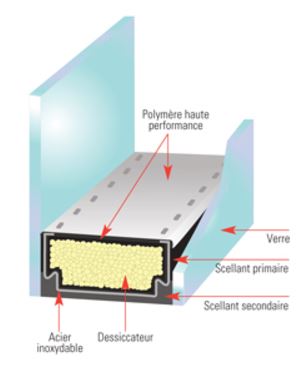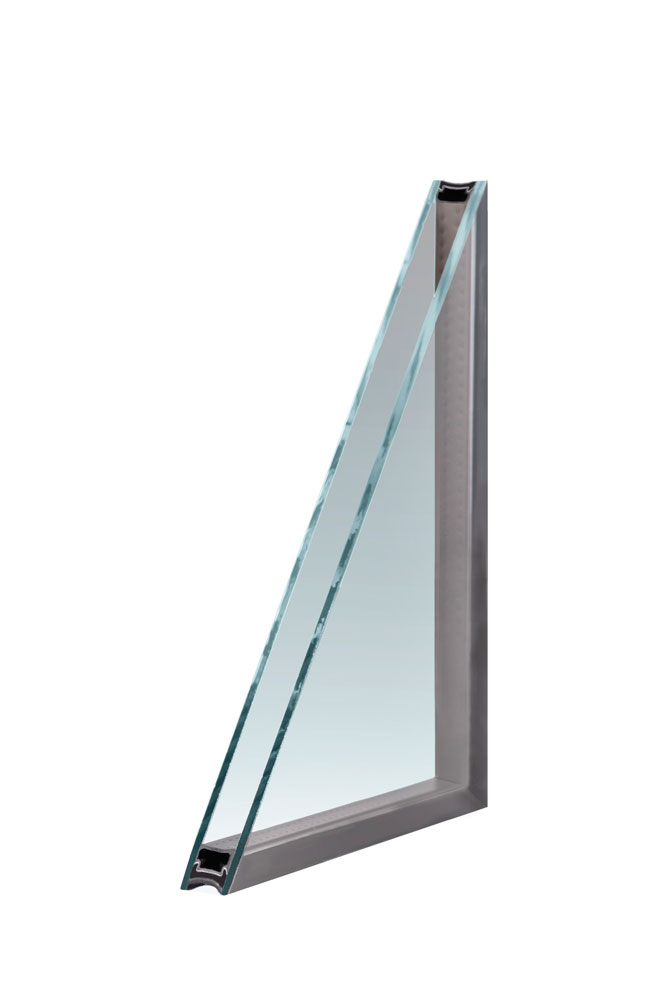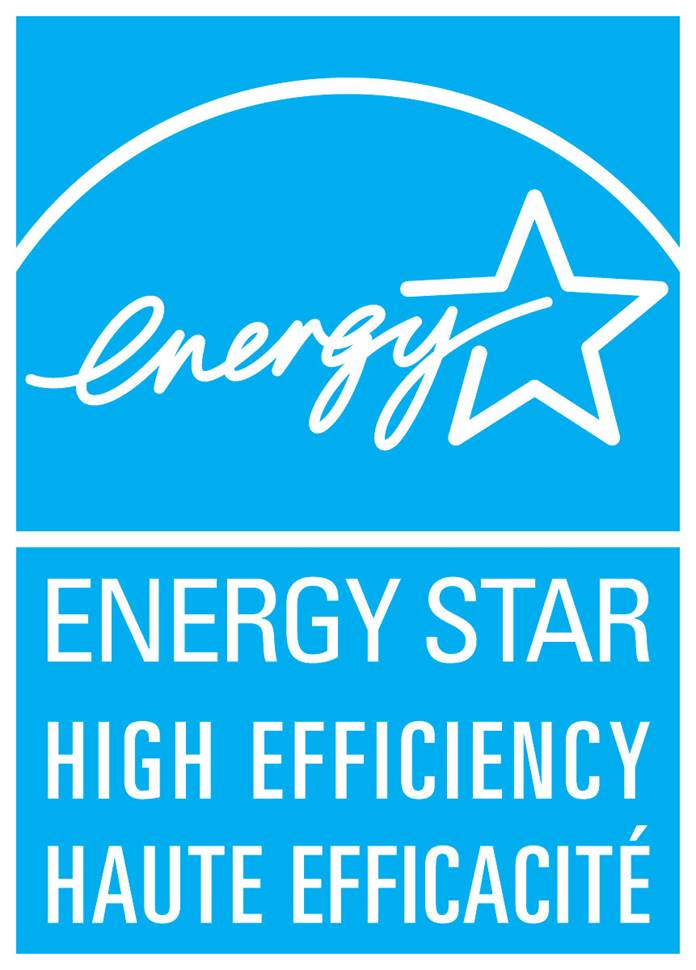Efficacité énergétique pour les portes et fenêtres
Peu importe si vous rénovez votre maison ou en construisez une nouvelle, il est important de tenir compte de l’efficacité énergétique de vos futures portes et fenêtres. Selon l’endroit ou le pays où vous habitez, la réglementation peut représenter un problème. Chez Lepage, nous vous offrons des produits écoénergétiques pour la maison, mais nous tenons à ce que vous compreniez les raisons pour lesquelles vous choisissez de tels produits.
Valeurs recherchées
Facteur U : Il représente le taux de transfert thermique d’une porte ou d’une fenêtre. En d’autres mots, ce facteur indique dans quelle mesure les produits conservent la chaleur à l’intérieur de votre maison. Moins ce nombre est élevé, meilleur est le rendement pour conserver la chaleur à l’intérieur.
Coefficient d’apport par rayonnement solaire (SHGC) : Il représente la fraction de rayonnement solaire entrant par une porte ou une fenêtre. Simplement dit, ce coefficient mesure la quantité de chaleur transmise à travers les portes et fenêtres de votre maison. Une valeur de SHGC plus basse indique une transmission de chaleur plus basse et une meilleure capacité d’ombrage. D’un autre côté, une valeur plus élevée de SHGC indique qu’une plus grande partie de la chaleur du soleil est conservée durant l’hiver.
Coefficient de transmission de la lumière visible (CTLV) : Il représente la quantité de lumière du jour pouvant traverser une porte ou une fenêtre. Plus la valeur est élevée, plus la quantité de lumière visible qui entre dans votre maison est élevée. Les revêtements à faible émissivité peuvent faire varier le CTVL
d’un produit.
Verre et vitrage
Les vitrages à faible émission et verre isolé par rapport au verre clair non ombré
L’efficacité énergétique est étroitement liée au verre et au vitrage. En réalité, plus de 80 % de la transmission de l’énergie passant à travers les portes et fenêtres est liée à la qualité des unités en verre que vous avez. Pour résoudre le problème de rendement énergétique, le verre isolé a été inventé dans les années 1930.
Le verre isolé comprend au moins deux feuilles de verre séparées par de l’air ou par un gaz sans danger pour atténuer la transmission thermique. Par exemple, l’argon est utilisé dans le verre isolé de Lepage pour ses propriétés thermiques. Par conséquent, la première manière d’optimiser le rendement énergétique consiste à réduire la transmission de chaleur.
Low-E veut dire faible émissivité. Pour les portes et fenêtres, l’émissivité du verre représente le niveau de rayonnement de la chaleur qui est transmis à travers le verre. Un vitrage Low-E, ou à faible émissivité, augmente le rendement énergétique d’une porte ou d’une fenêtre en réfléchissant ou en laissant passer la lumière et la chaleur. Cette technologie est vaporisée ou appliquée comme une pellicule métallique sur une surface du verre. Selon la région où vous habitez, les options Low-E peuvent varier en fonction des conditions météorologiques. Lepage offre une variété des plus récents revêtements Low-E pour répondre à vos exigences.

Unité scellée double
Le verre double comporte deux feuilles de verre séparées par de l’air ou de l’argon et une barre d’espacement, installée pour sceller l’unité. Par conséquent, le revêtement Low-E peut être appliqué sur une plus grande surface.

Unité scellée triple
Les unités scellées triples comportent trois feuilles de verre, chacune étant séparée par de l’argon. En raison de cette troisième feuille de verre, il existe encore plus d’options possibles pour appliquer le revêtement Low-E afin d’atteindre différentes normes énergétiques. La transmission sonore est également beaucoup plus réduite avec une unité triple.


Energy Star
ENERGY STAR est une marque internationalement reconnue et un symbole fiable pour identifier des produits écoénergétiques. En ce qui concerne les portes et fenêtres, les exigences Energy Star sont représentées par le facteur U et par le coefficient de chaleur du soleil, selon l’endroit où se trouve votre maison. En tenant compte de l’exposition à la chaleur et aux conditions météorologiques, chaque région doit satisfaire des exigences différentes pour se conformer à la norme Energy Star, obtenir cette homologation et, ainsi, aider les propriétaires à améliorer leur consommation d’électricité et à faire des économies.

